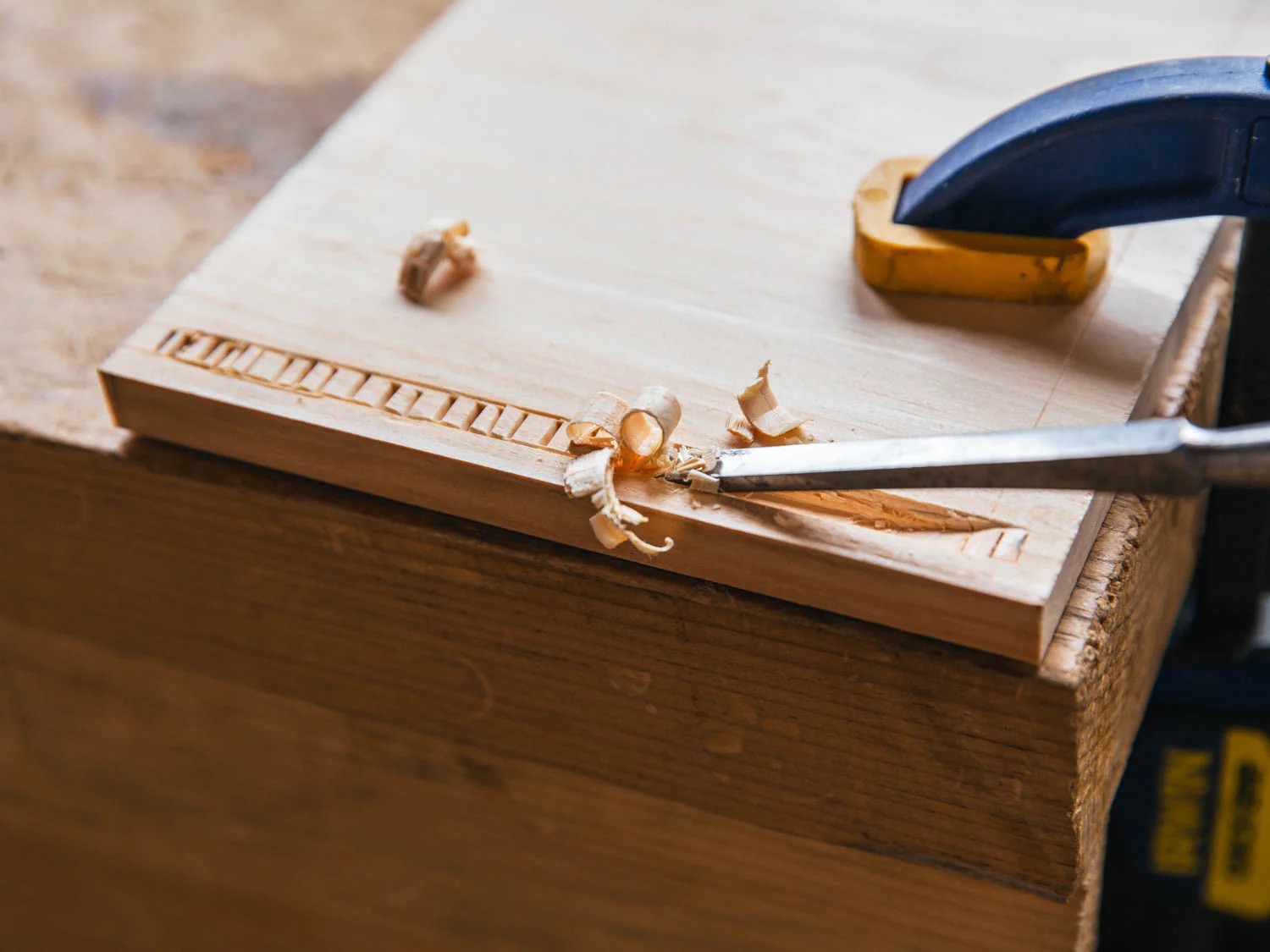

Articles
How To Cut A Groove With Hand Tools
Modified: May 6, 2024
Learn the step-by-step process of cutting a groove with hand tools in this informative article. Find expert tips and techniques to master this woodworking skill.
(Many of the links in this article redirect to a specific reviewed product. Your purchase of these products through affiliate links helps to generate commission for Storables.com, at no extra cost. Learn more)
Introduction
Welcome to the world of hand tools! In this article, we will explore the art of cutting a groove with hand tools. Whether you are a woodworking enthusiast or a DIYer, knowing how to cut a groove can be a valuable skill to have in your toolbox.
Cutting a groove, also known as a dado or a trench, involves creating a narrow channel in a workpiece. This groove can serve multiple purposes, such as creating a joint, accommodating a shelf, or adding decorative elements to a piece of furniture. While power tools like routers and table saws can make the job easier, using hand tools will give you a sense of satisfaction and craftsmanship.
Before we dive into the techniques, let’s talk about the essential hand tools you’ll need for this project.
Key Takeaways:
- Master the art of cutting a groove with hand tools by choosing the right tools, preparing the workpiece, and following precise marking and cutting techniques. Achieve professional-looking results through patience and attention to detail.
- Elevate your groove cutting skills with sharp tools, proper chisel technique, and attention to safety. Embrace the satisfaction of woodworking as you create precise and polished grooves for your projects.
Read more: How To Cut Asphalt With Hand Tools
Choosing the Right Hand Tools
When it comes to cutting a groove with hand tools, having the right tools is crucial for a successful outcome. Here are the primary hand tools you’ll need:
- Marking Gauge: A marking gauge is used to mark the width and depth of the groove on the workpiece. Look for a gauge with a sharp cutting wheel or knife for accurate and precise markings.
- Chisels: Chisels are the main cutting tool for creating the groove. You will need both a bench chisel and a mortise chisel. The bench chisel is used for general chopping, while the mortise chisel is designed for cutting deep, narrow grooves.
- Mallet: To drive the chisel and make clean cuts, you’ll need a mallet. Look for a mallet made of hardwood to avoid damaging the chisel’s handle.
- Saw: A saw will come in handy for cutting the ends of the groove. A backsaw or a tenon saw is suitable for this task.
- Sharpening Tools: As you work with hand tools, it’s essential to keep them sharp for optimal performance. Invest in sharpening stones or honing guides to maintain the sharpness of your chisels and saws.
Choosing high-quality hand tools will ensure smooth and accurate cuts, making your groove cutting experience more enjoyable.
Preparing the Workpiece
Before you begin cutting a groove, it’s important to properly prepare the workpiece. Follow these steps to ensure a smooth and successful process:
- Select the Right Wood: Choose a suitable piece of wood for your project. Consider the grain pattern, stability, and hardness of the wood to ensure it can withstand the groove cutting process.
- Measure and Mark: Measure the length, width, and depth of the desired groove on the workpiece. Use a measuring tape and mark the dimensions accurately with a pencil or a marking gauge.
- Secure the Workpiece: Use clamps or a vice to secure the workpiece firmly. This will prevent any unwanted movement during the cutting process and ensure safety.
- Protect the Surrounding Areas: If you’re working on a larger project, such as a piece of furniture, consider using masking tape to protect the surrounding areas from accidental chisel slips.
By taking the time to properly prepare your workpiece, you’ll set yourself up for a precise and efficient groove cutting process. Now that your workpiece is ready, let’s move on to marking the groove.
Marking the Groove
Marking the groove on the workpiece is a crucial step to ensure accuracy and precision in your cutting. Follow these steps to effectively mark the groove:
- Use a Marking Gauge: Set the marking gauge to the desired width of the groove. Run the gauge along the edge or surface of the workpiece, making sure the cutting wheel or knife leaves a clear, visible line.
- Account for the Depth: Adjust the marking gauge to the desired depth of the groove. Run the gauge along the previously marked line, making sure the depth marking is visible and consistent across the entire length of the groove.
- Double-check the Marks: Take a close look at the marked lines to ensure they are clear and aligned. Double-checking the marks will help you avoid any discrepancies or mistakes during the cutting process.
- Add Reference Lines: If you’re cutting multiple grooves or complex designs, consider adding additional reference lines to guide your chisel. These reference lines can be marked with a pencil or knife, helping you stay on track as you cut the groove.
By accurately marking the groove, you’ll have a clear visual guide to follow during the cutting process. Now that you’ve marked the groove, it’s time to move on to the next step: cutting the initial groove.
Cutting the Initial Groove
Now that you have marked the groove on your workpiece, it’s time to start cutting. Follow these steps to cut the initial groove:
- Position the Chisel: Place the end of the chisel along the marked line at one end of the groove. Make sure the beveled side of the chisel faces towards the waste side of the wood.
- Angle the Chisel: Position the chisel at a slight angle, typically around 10-15 degrees. This angle will help guide the chisel along the marked line as you make the initial cut.
- Tap the Chisel: Use a mallet to tap the chisel gently but firmly. Gradually drive the chisel into the wood, following the marked line. Take your time and make controlled taps to prevent chipping or splitting.
- Repeat the Process: Continue tapping the chisel along the length of the marked line, gradually deepening the groove with each pass. Take care to keep the chisel aligned with the marked line to maintain consistency.
- Check the Depth: Periodically check the depth of the groove using a depth gauge or the marking gauge. Ensure that the groove is reaching your desired depth but be cautious not to go deeper than intended.
By following these steps, you will establish the initial groove in the workpiece. However, this initial groove may not be perfectly smooth or fully deepened. In the next section, we will discuss how to deepen and refine the groove for the desired result.
When cutting a groove with hand tools, make sure to use a marking gauge to accurately scribe the lines for the groove. This will help ensure that the groove is straight and consistent in depth.
Read more: How To Cut Plexiglass With Hand Tools
Deepening the Groove
After cutting the initial groove, it’s time to deepen and refine it. Follow these steps to achieve the desired depth and smoothness:
- Reposition the Chisel: Place the chisel back into the groove, aligning it with the previously cut section. Ensure that the beveled side is facing towards the waste side of the wood.
- Adjust the Angle: Angle the chisel slightly to match the bevel angle of the initial cut. This will help you maintain a consistent angle as you deepen the groove.
- Tap and Drive: Using the mallet, tap the chisel firmly to drive it deeper into the wood. Make controlled and even taps, moving the chisel along the length of the groove.
- Check the Depth Regularly: As you deepen the groove, periodically check the depth with a depth gauge or the marking gauge. Aim for a uniform and consistent depth along the entire length of the groove.
- Make Multiple Passes: Depending on the desired depth, you may need to make multiple passes to gradually deepen the groove. Take your time and work slowly to avoid going too deep or damaging the workpiece.
- Smooth the Sides: After reaching the desired depth, use the chisel to clean up the sides of the groove. Make light, controlled passes to remove any irregularities and create smooth, clean sides.
By following these steps, you will deepen and refine the groove, bringing it closer to its final form. However, to achieve a polished and professional-looking groove, we need to move on to the next step: smoothing and finishing.
Smoothing and Finishing the Groove
Now that you have deepened the groove to the desired depth, it’s time to focus on smoothing and finishing it. Follow these steps to achieve a polished and professional-looking groove:
- Use a Chisel: Use a sharp chisel to carefully shave off any rough spots or unevenness on the groove’s walls and floor. Take light, controlled passes to remove any imperfections, ensuring a smooth surface.
- Sand the Groove: After using the chisel, you can further refine the groove’s surface by sanding it. Wrap a small piece of sandpaper around a dowel or use a sanding stick to reach into the groove. Move the sandpaper along the length of the groove, smoothing out any remaining roughness.
- Remove Dust and Debris: Use a brush or compressed air to remove any dust or debris from the groove. This will help ensure a clean surface for the final steps.
- Apply a Finish (Optional): Depending on your project’s requirements, you may choose to apply a finish to the groove. This can enhance the appearance and protect the wood. Options include stains, varnishes, or oils. Follow the manufacturer’s instructions for application and drying times.
By following these steps, you will achieve a smooth and finished groove that is ready for use in your project. Take your time during the smoothing and finishing process to achieve the desired result.
Now that we have covered the essential steps to cut a groove with hand tools, let’s explore some additional tips and techniques to help you along the way.
Tips and Techniques
Here are some additional tips and techniques to enhance your groove cutting experience:
- Keep Your Tools Sharp: Sharp tools are essential for clean and precise cuts. Regularly sharpen your chisels and saws to maintain their cutting edge.
- Practice Proper Chisel Technique: Mastering proper chisel technique is key to successful groove cutting. Practice controlled and consistent strikes, and always keep the chisel aligned with the marked line.
- Take Breaks and Rest: Cutting a groove can be a physically demanding task, especially when working with hand tools. Take regular breaks to rest and avoid fatigue, which can impact your accuracy and safety.
- Measure Twice, Cut Once: Double-check your measurements and marks before making any cuts. It’s easier to fix a mistake before cutting than trying to rectify it later.
- Work with the Grain: Pay attention to the direction of the wood grain. Cutting with the grain will result in smoother cuts and reduce the risk of tear-out or splintering.
- Secure the Workpiece Properly: Ensure that the workpiece is securely clamped or held in place to prevent any movement during the cutting process. This will improve safety and accuracy.
- Start with Shallow Cuts: When making the initial groove, start with shallow cuts and gradually deepen them. This will provide better control and minimize the risk of mistakes.
These tips and techniques will help you achieve better results and enhance your overall groove cutting skills. Remember, practice makes perfect, so don’t be afraid to experiment and refine your technique over time.
Now that you have a solid understanding of how to cut a groove with hand tools and have learned some valuable tips, you’re ready to tackle your next woodworking project with confidence.
Conclusion
Cutting a groove with hand tools is a satisfying and rewarding endeavor in the world of woodworking. By following the steps outlined in this article and applying the tips and techniques discussed, you can achieve precise and professional-looking grooves in your projects.
Start by choosing the right hand tools for the job, ensuring they are sharp and in good condition. Properly preparing the workpiece and marking the groove accurately are vital steps that set the foundation for success. With patience and control, you can cut the initial groove and gradually deepen it to the desired depth.
Once the groove is established, the process of smoothing and finishing ensures a clean and polished result. By paying attention to detail and following proper chisel technique, you can achieve a smooth surface that is ready for use.
Throughout your groove cutting journey, remember to practice proper safety measures and take breaks when needed. Woodworking is a craft that requires both skill and patience, and with time and practice, your groove cutting skills will improve.
Now that you have learned how to cut a groove with hand tools, it’s time to apply your newfound knowledge to your next woodworking project. So gather your tools, prepare your workpiece, and let your creativity flow as you embark on your groove cutting adventure. Happy woodworking!
Now that you've mastered cutting grooves with hand tools, why not deepen your understanding of the very instruments that made this possible? Our detailed guide on what is a hand tool demystifies these essential crafting companions, revealing their history, types, and uses. Ready for more advanced projects? Check out our list of best woodworking tools for 2024 essentials set to dominate in 2024. Both beginners and seasoned artisans will find invaluable resources to enhance their craftsmanship and bring creative visions to life.
Frequently Asked Questions about How To Cut A Groove With Hand Tools
Was this page helpful?
At Storables.com, we guarantee accurate and reliable information. Our content, validated by Expert Board Contributors, is crafted following stringent Editorial Policies. We're committed to providing you with well-researched, expert-backed insights for all your informational needs.
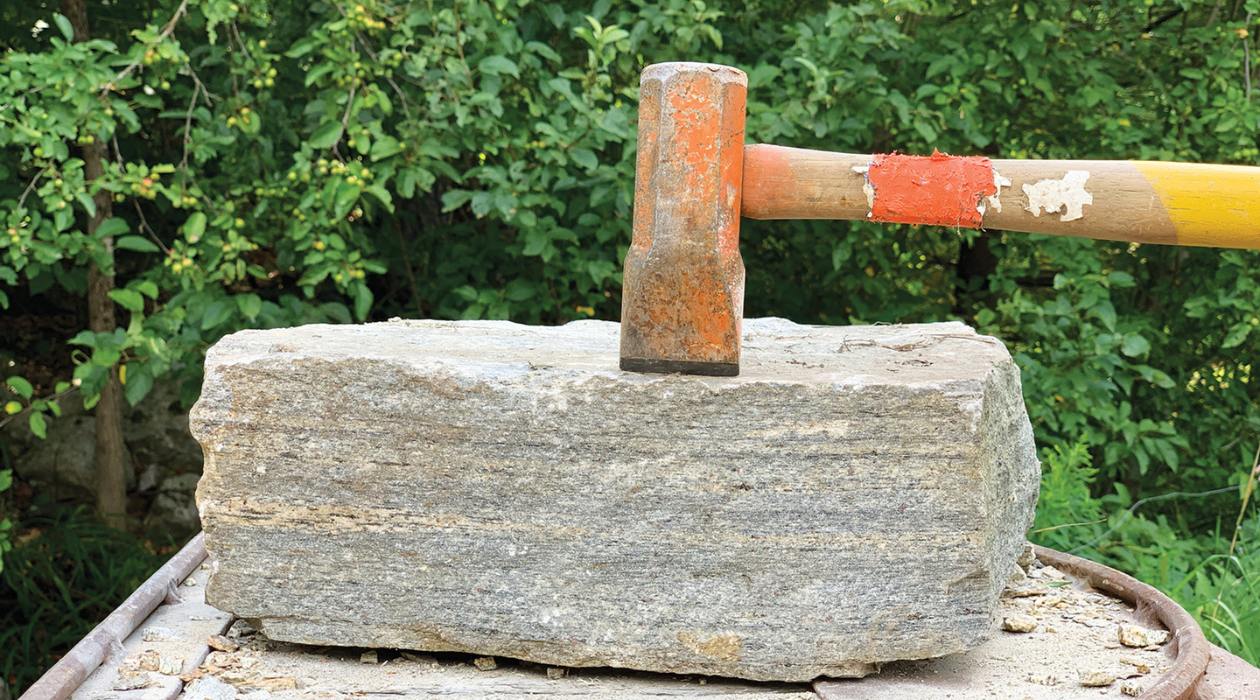
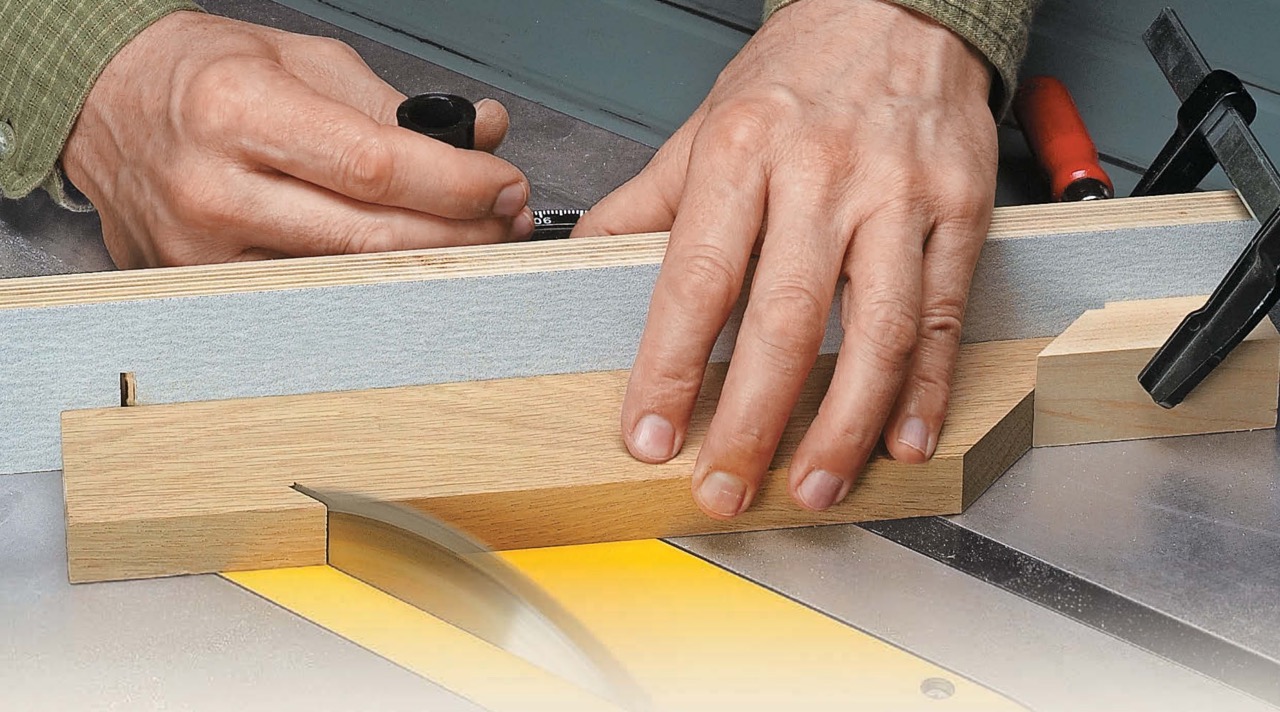
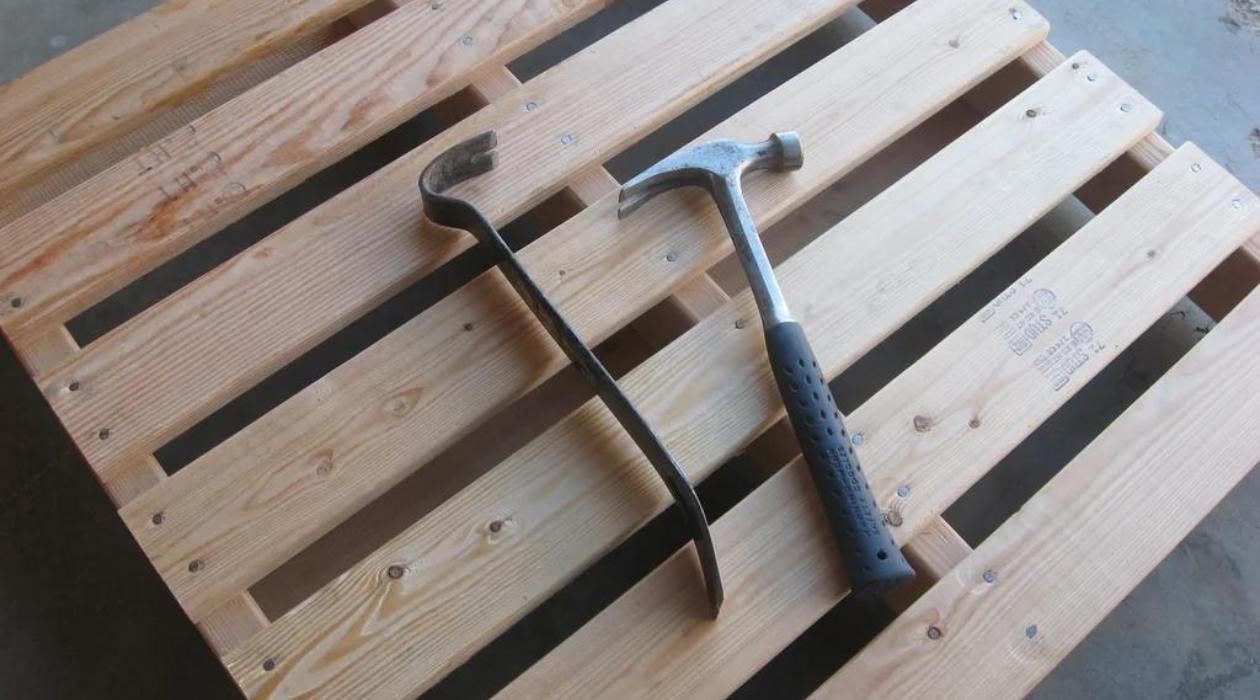
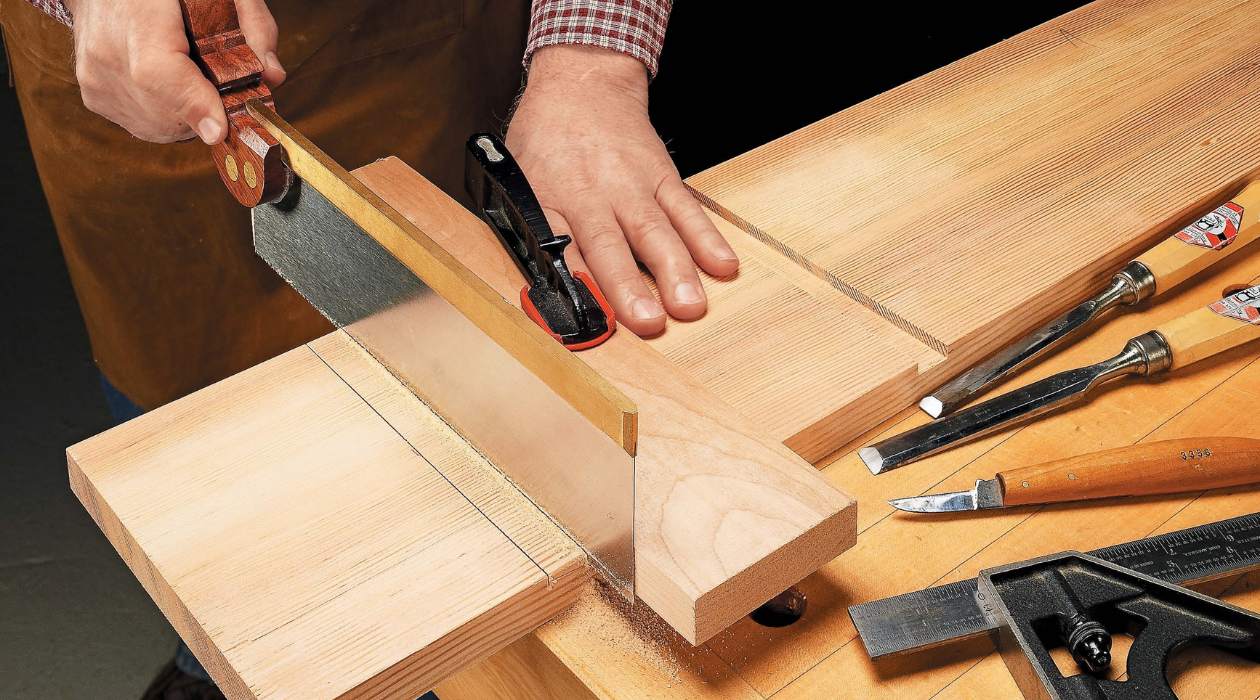
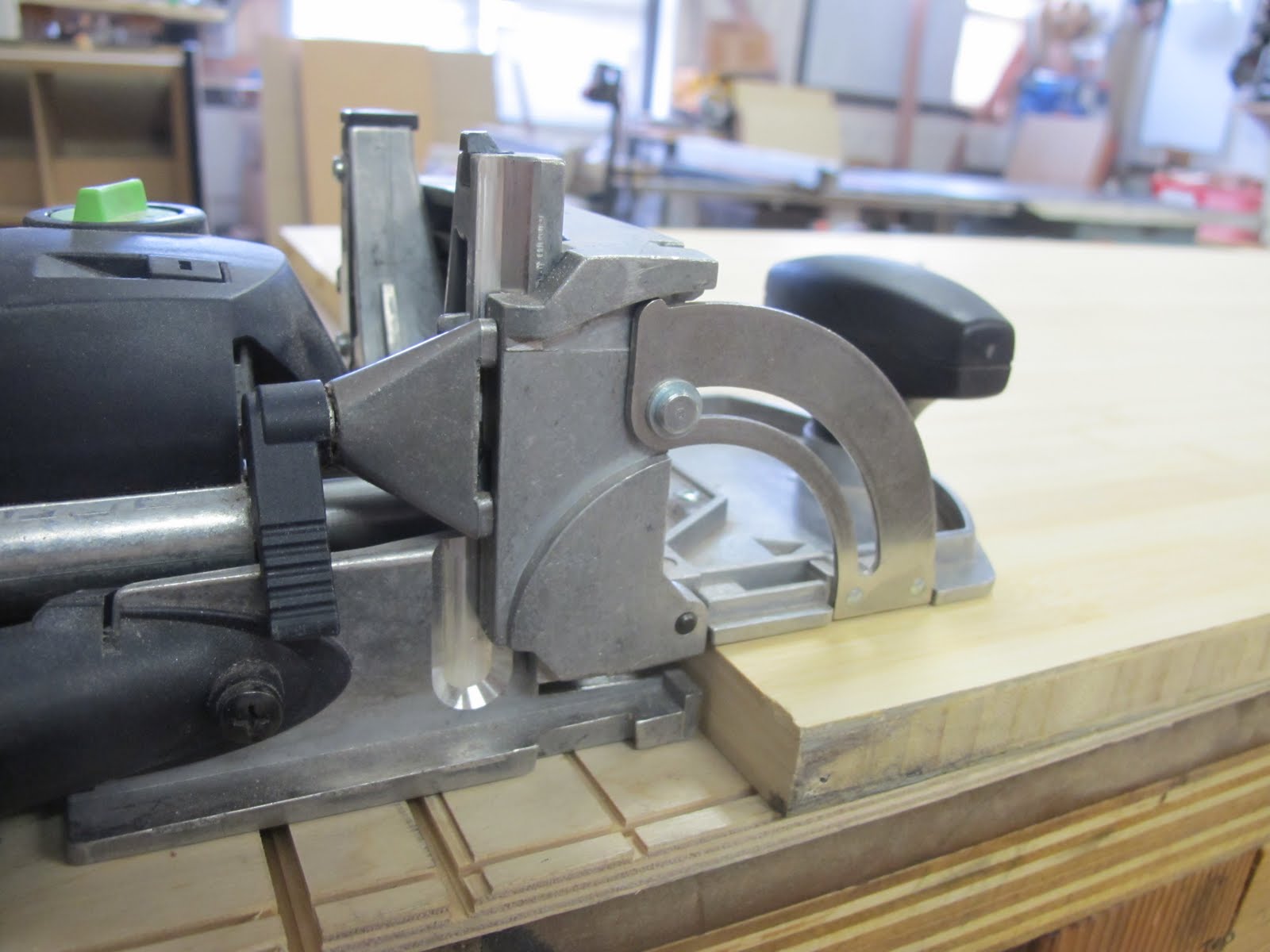
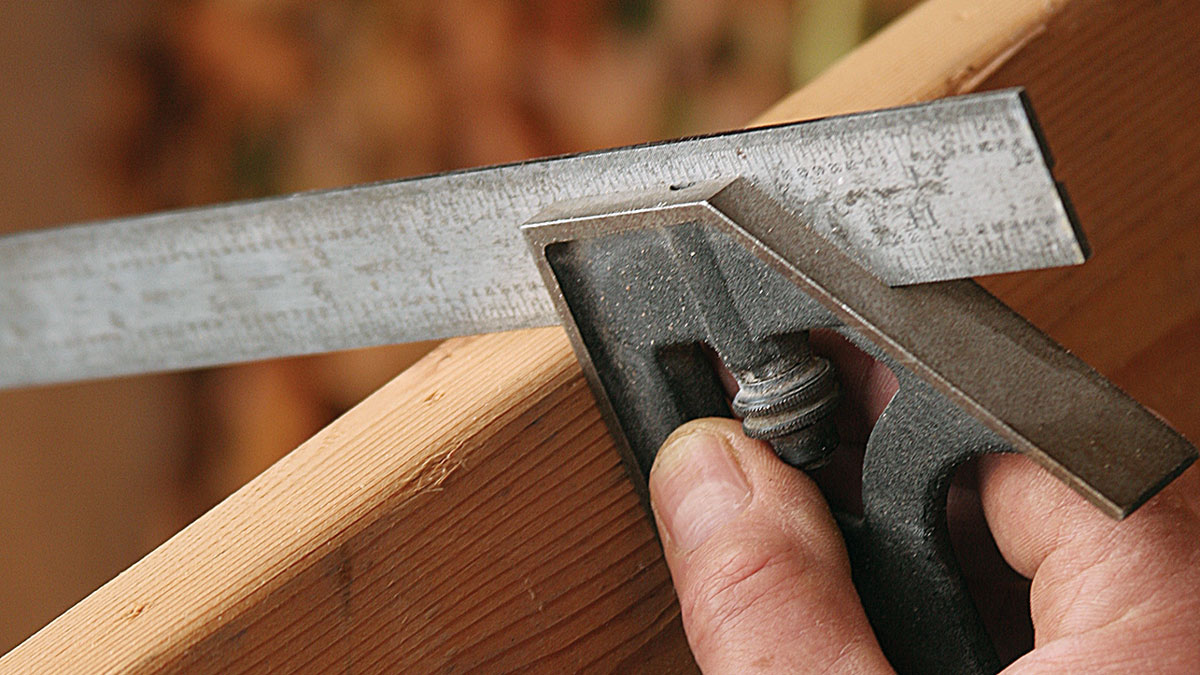
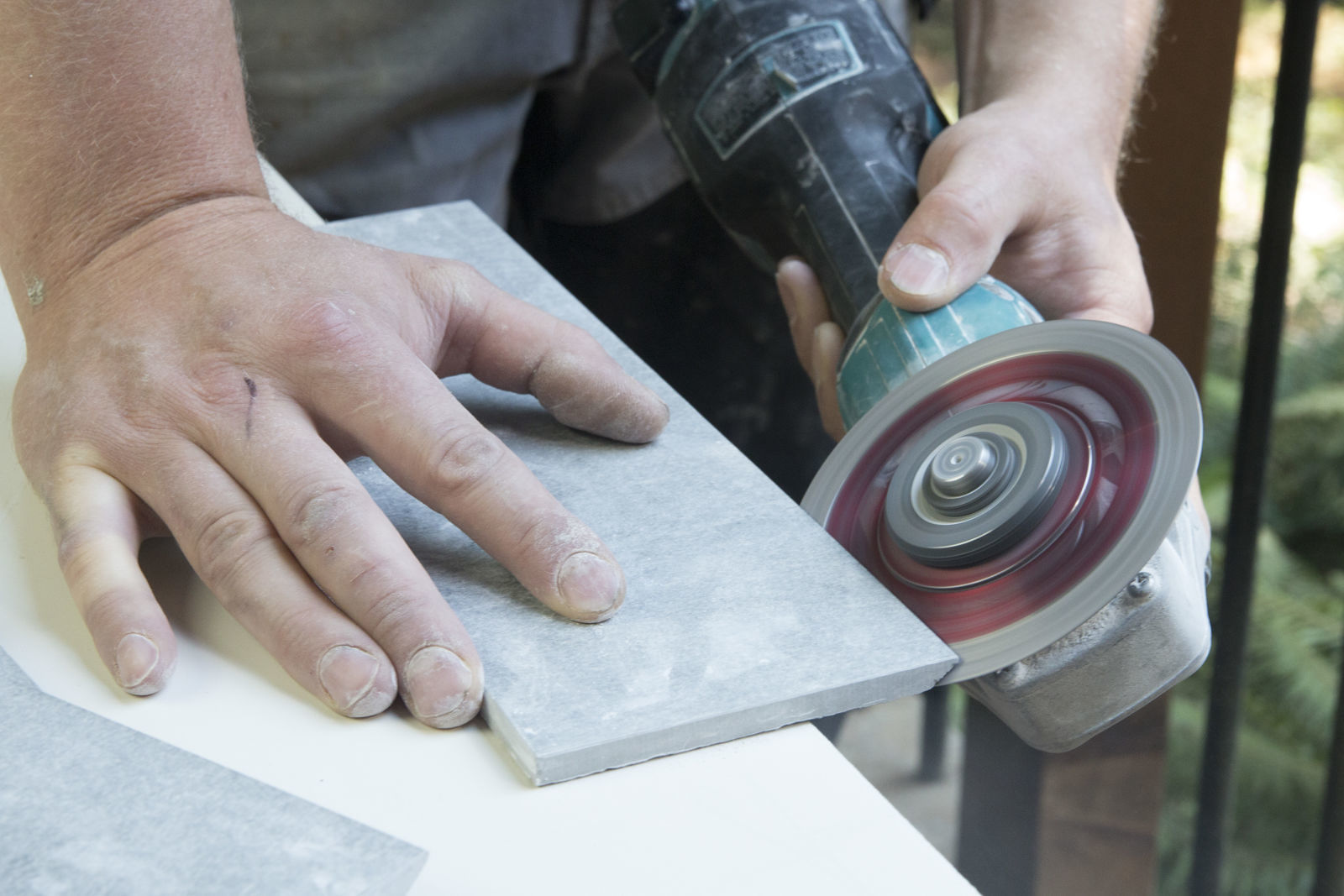
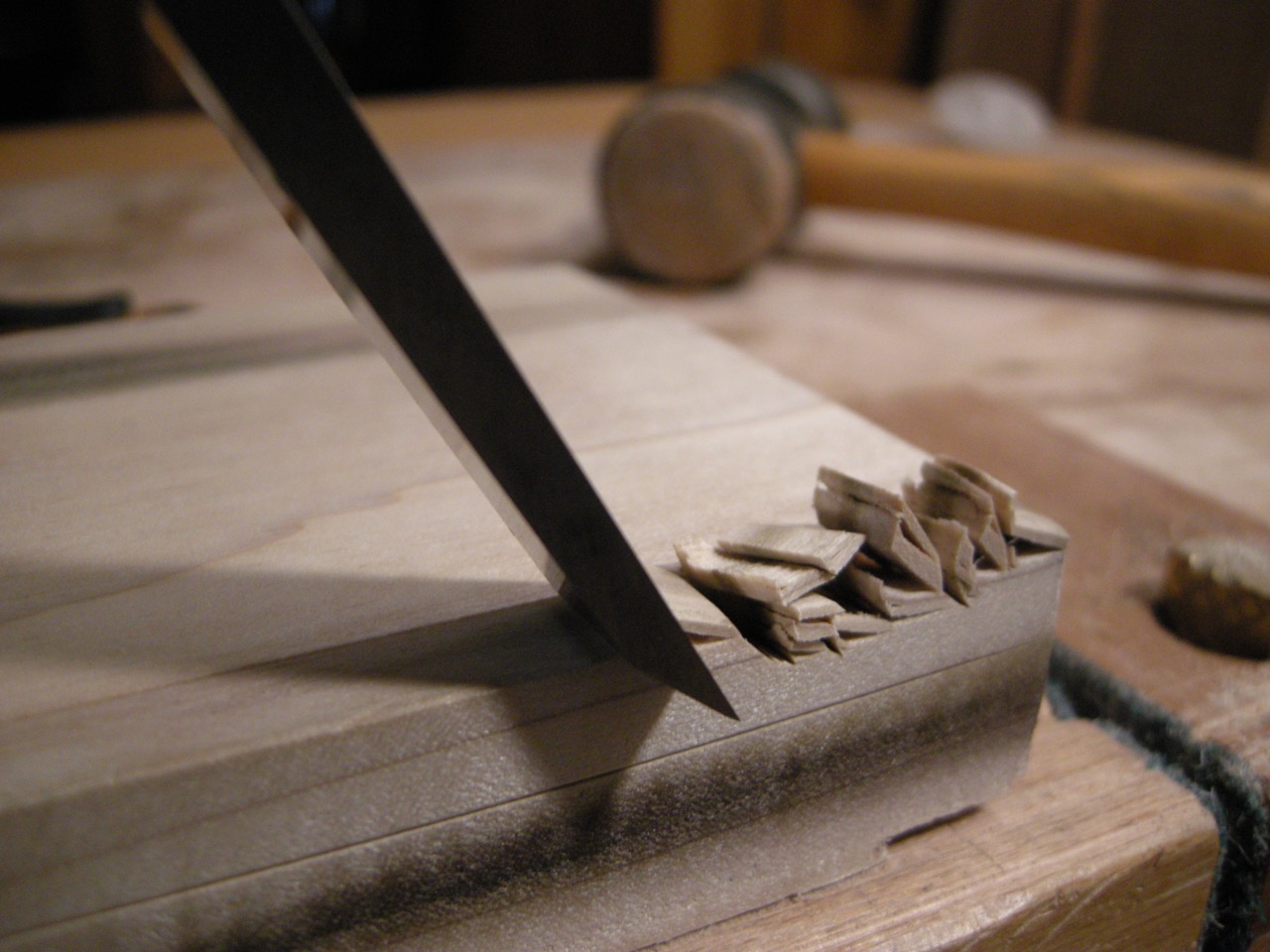

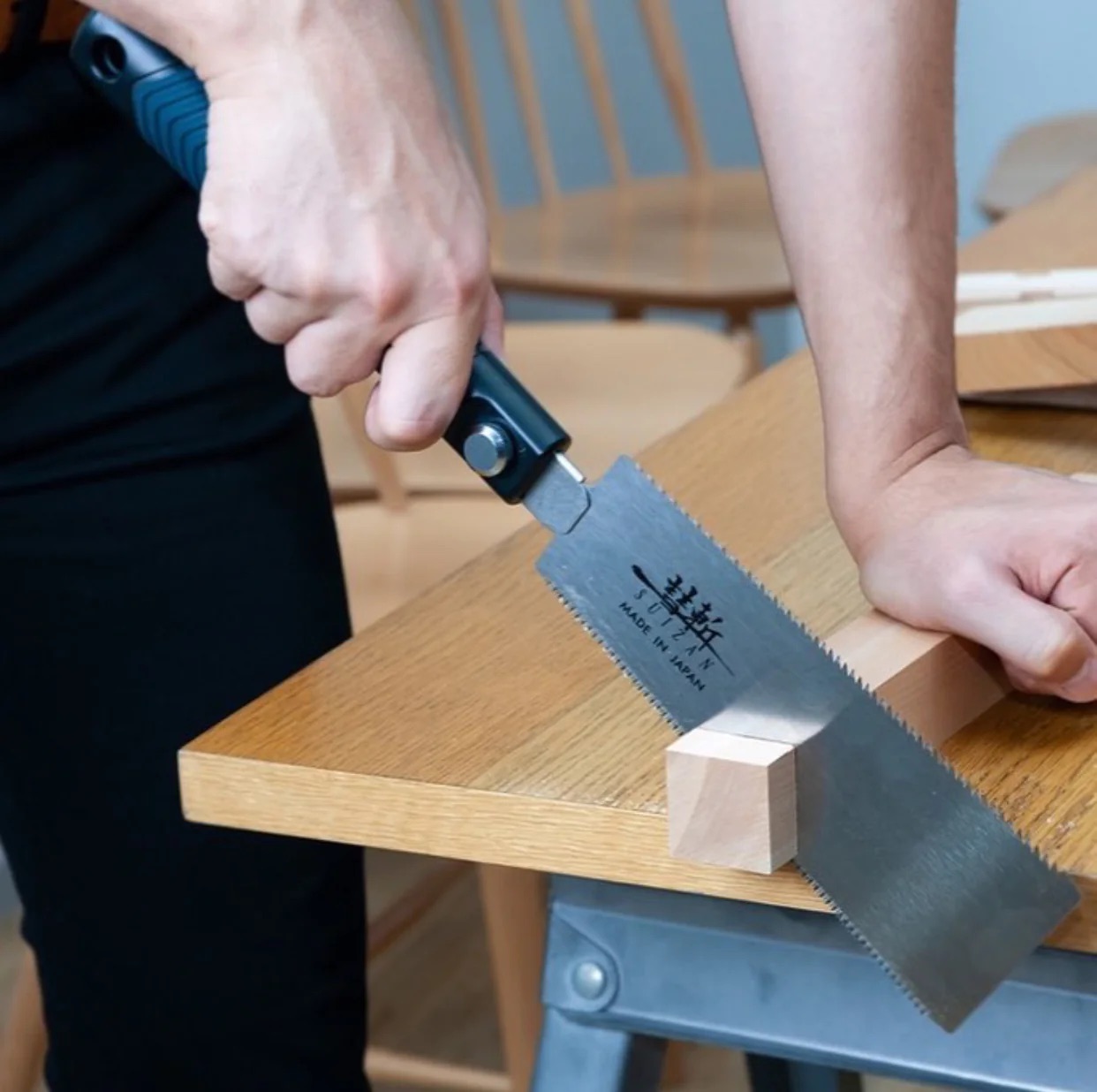
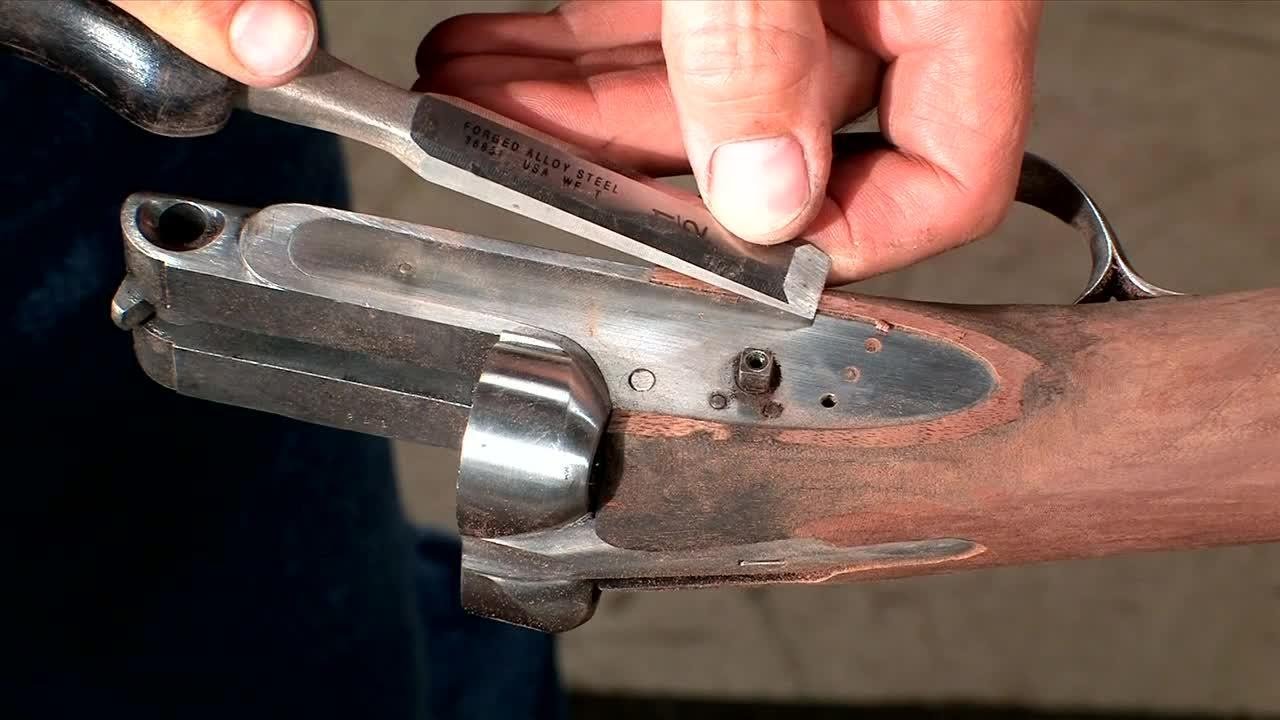
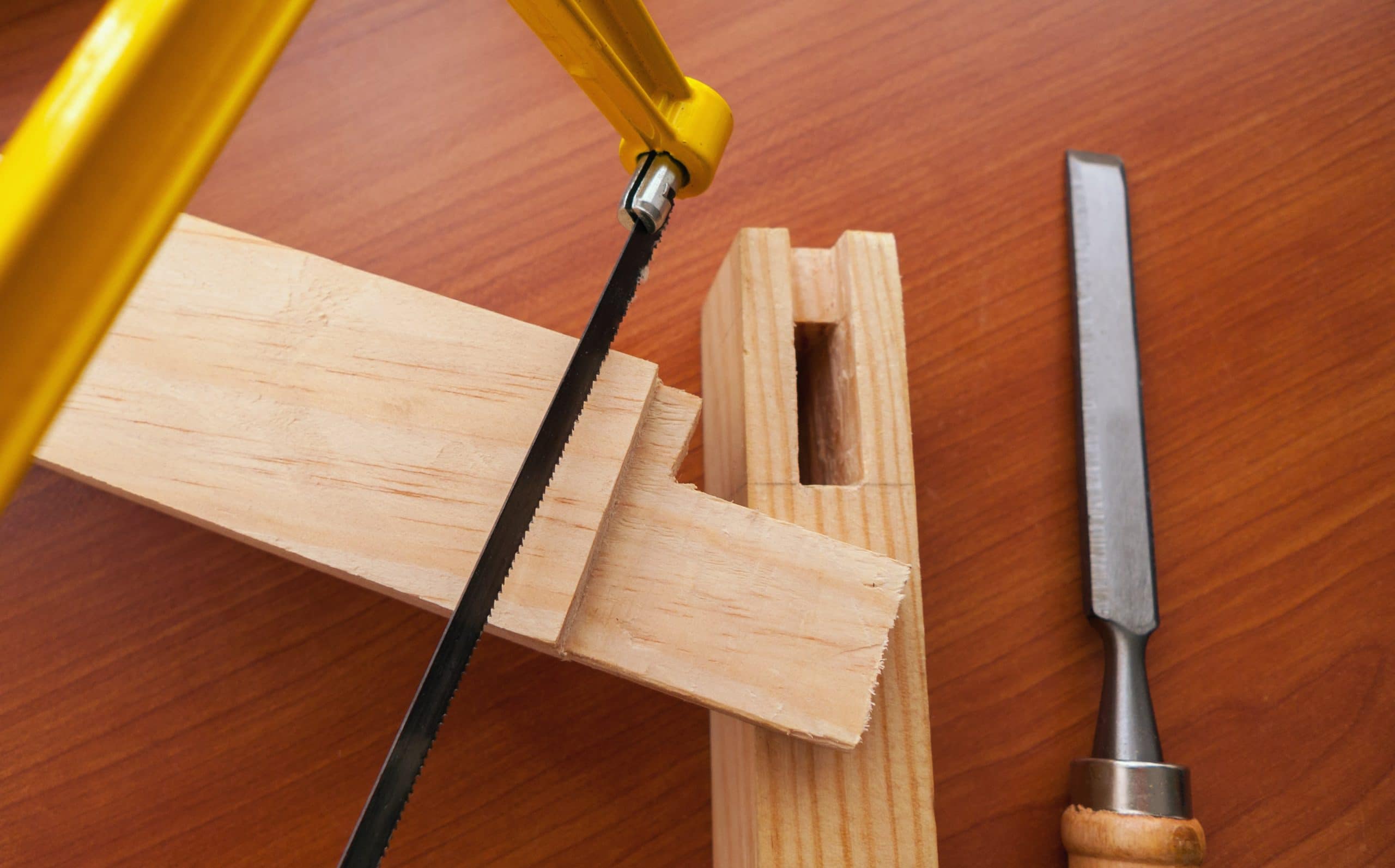
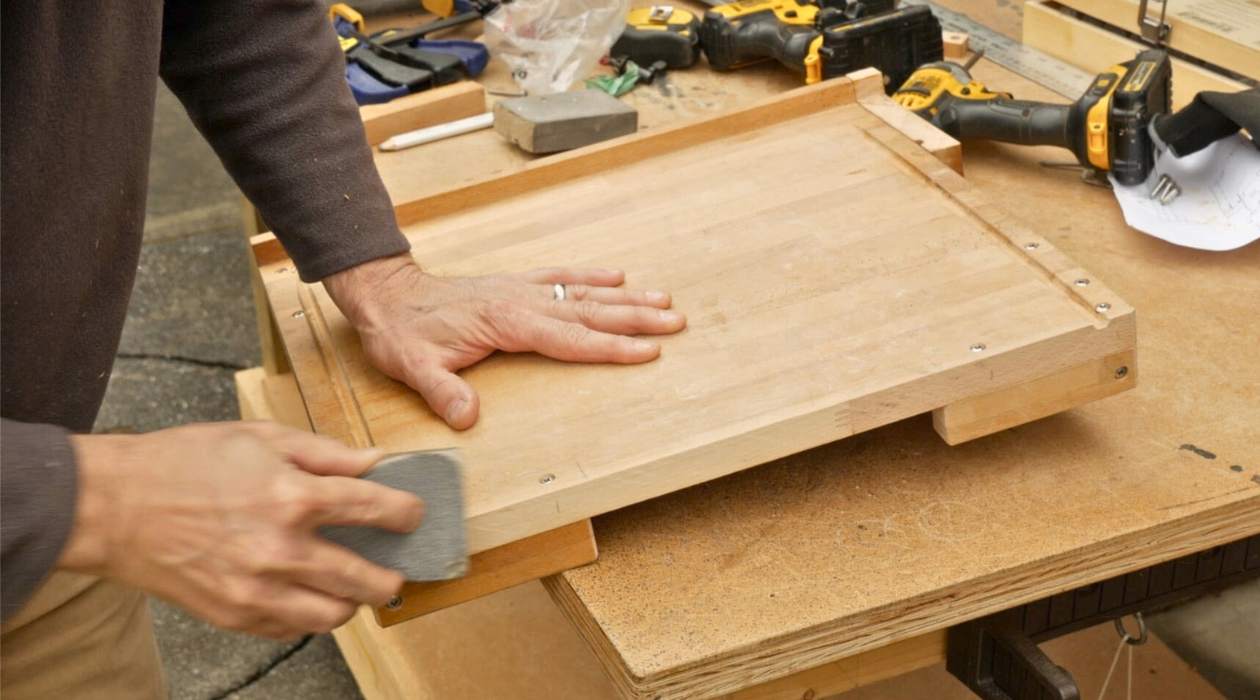
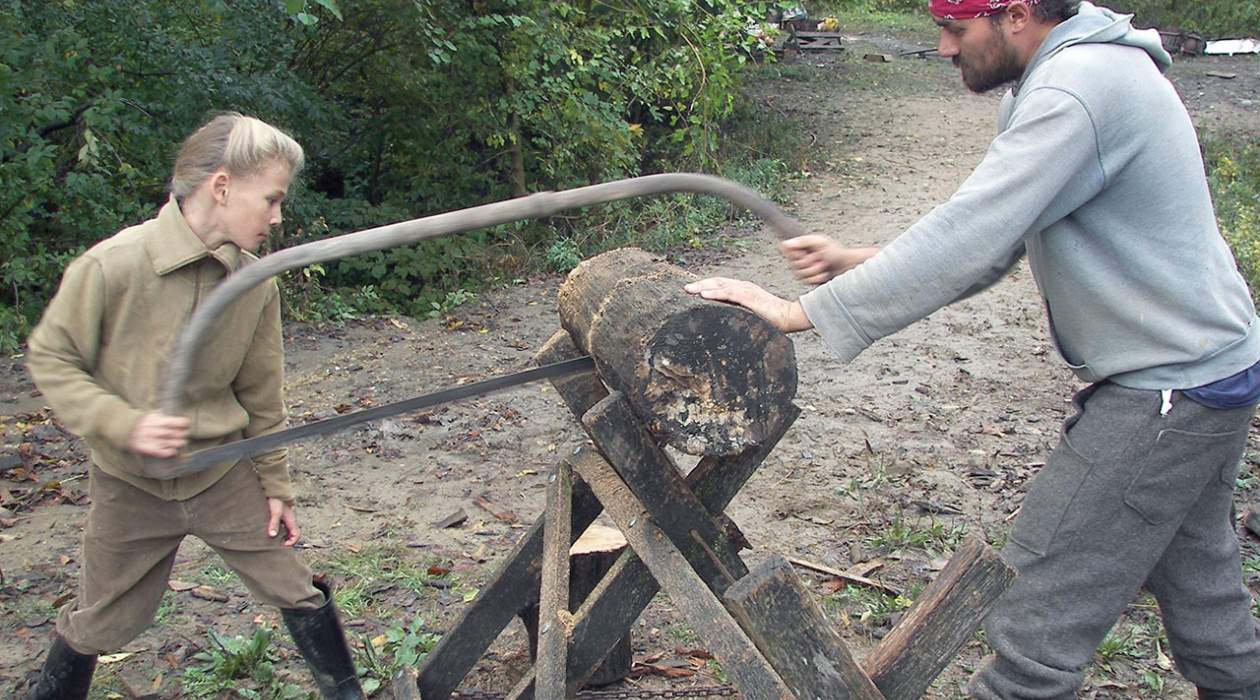

0 thoughts on “How To Cut A Groove With Hand Tools”